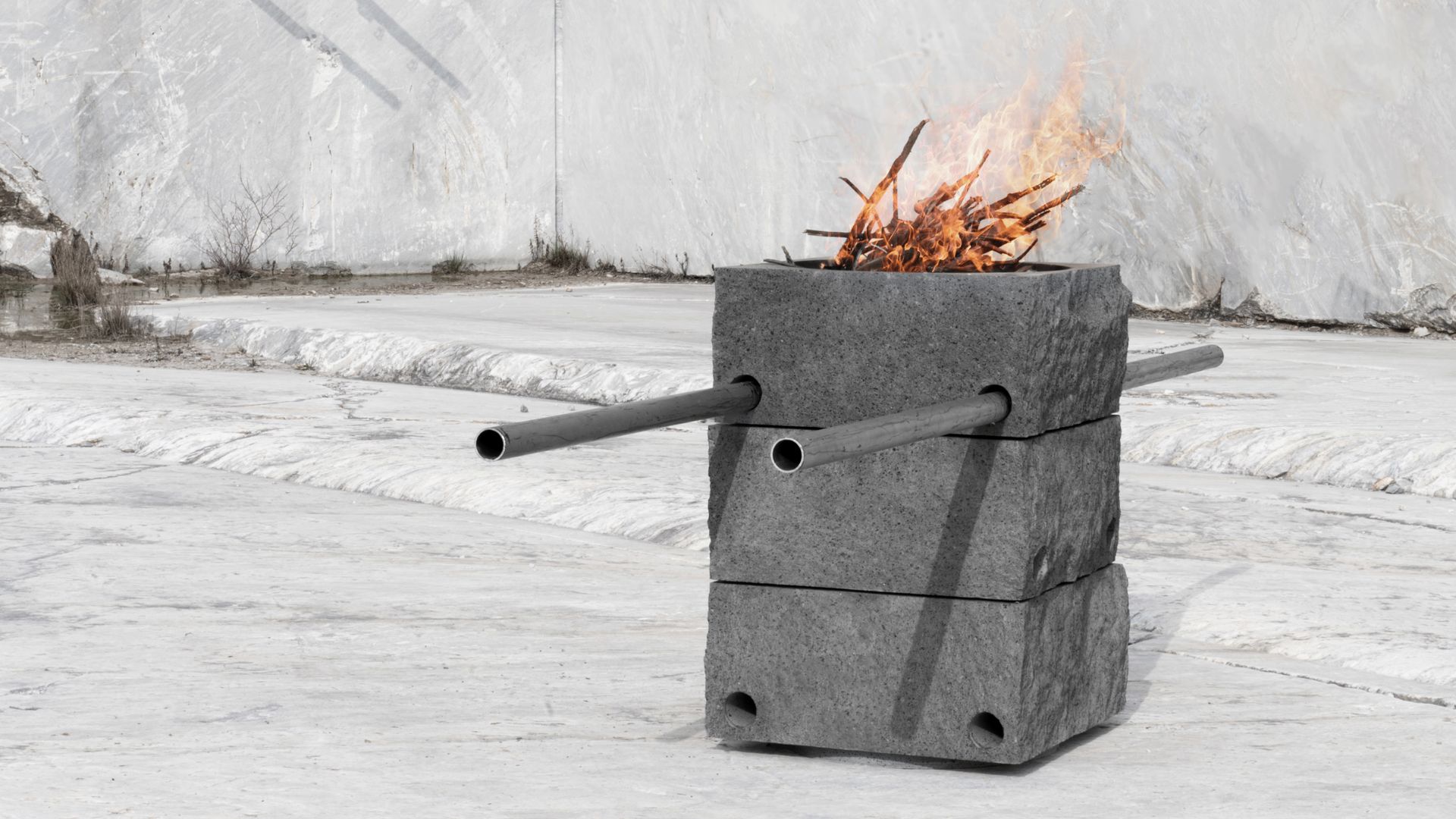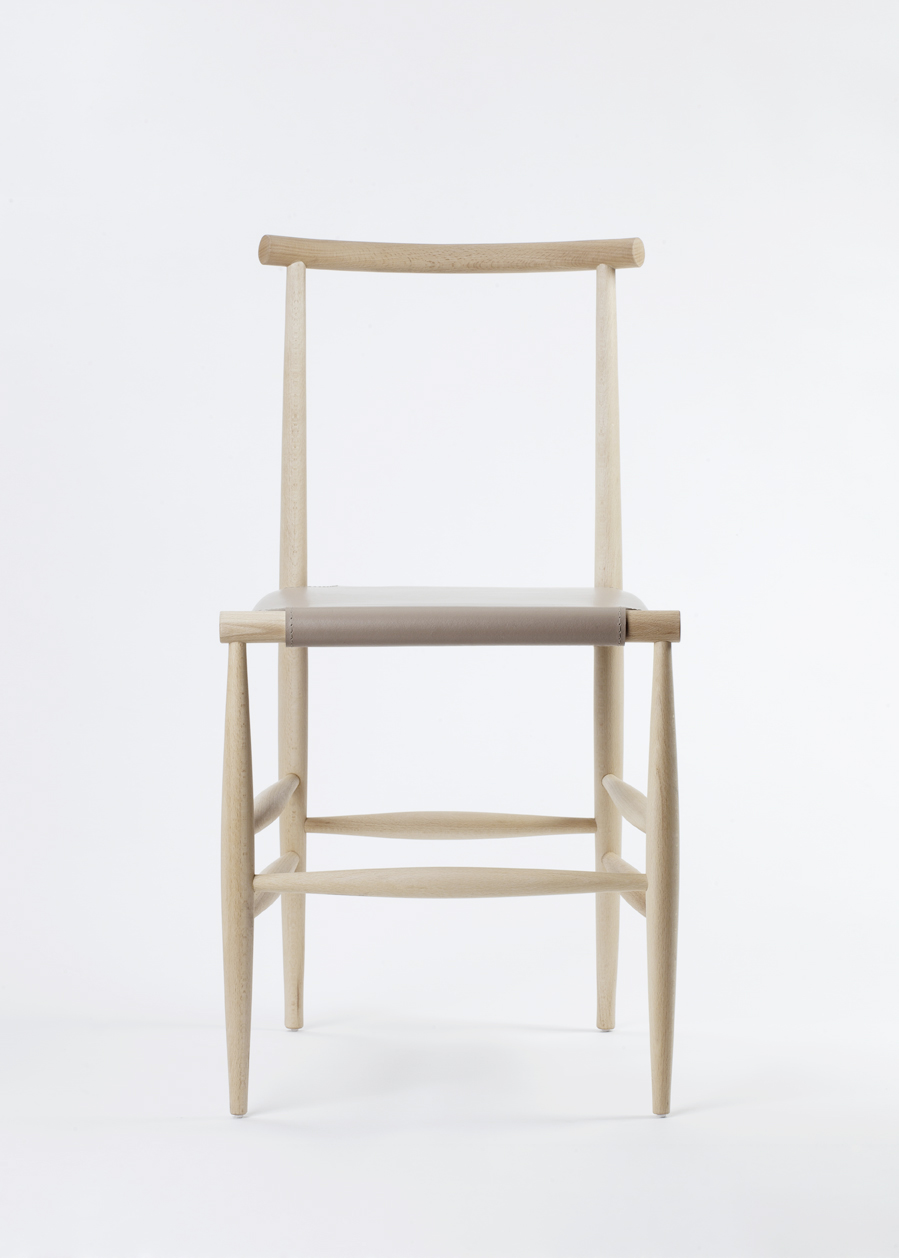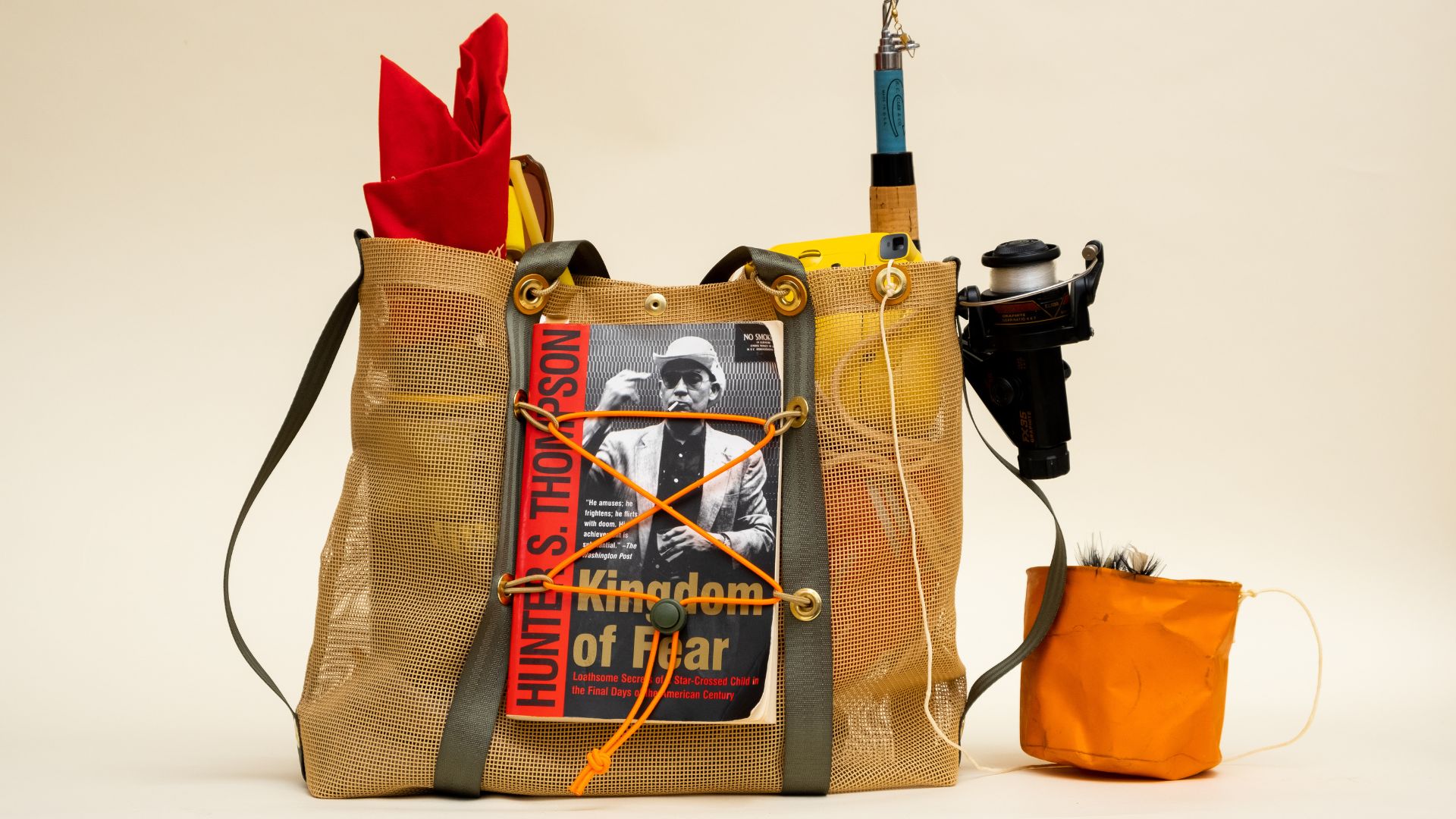Francesco Faccin: a Design sage through objects
Some of his works appear to emerge from the ether, characterized by such an unconventional approach that it’s challenging to fathom the reason behind their existence

I recently had a conversation with Francesco Faccin, and it left me with the distinct impression that I was speaking to a true Maestro of design. When you encounter one, their aura exudes authority born from unwavering belief in their craft, accompanied by an innocent indifference to others’ opinions.
Francesco embodies this approach, crafting his work not for external validation but as a personal pursuit, even when the ultimate goal is to offer something to others.

I’m genuinely drawn to his work for a simple reason rooted in my background. Often, when I learn about something, it loses its charm because I start dissecting it, analyzing every detail rather than savoring the experience. This has happened with design too, but some of Francesco’s creations still manage to captivate me without me trying to read between the lines.
They transcend design, eluding my grasp, and I can genuinely appreciate them, experiencing them as they naturally are, with no need for deep analysis, even if the emotions they evoke are profound.

Some works appear to emerge from the ether, characterized by such an unconventional approach that it’s challenging to fathom the reason behind their existence.
With art, you don’t always require an explanation for a piece, but design must have a purpose; otherwise, it ceases to be design.
I’ve taken his work “Sottrazioni” as an example to not only elucidate its meaning, but to explore its origins. My question is: why create such a piece? What’s the rationale behind it?
“Sottrazioni” comprises a collection of design pieces centered around the themes of stone and fire, featuring braziers and other smaller objects. A glance at the online images reveals that Faccin’s primary aim in this project was to craft a narrative. Design, in this context, serves as a tool for probing specific themes.

In this case, it involved a profound contemplation of the role of stone in our world. We often take its availability for granted, yet it’s an ancient material, requiring an immense span of time to form. It’s almost a travesty to use it casually for trendy shower trays. Its laborious processing demands utmost respect, akin to a ritual.
To genuinely explore this theme, the focus extends beyond the objects themselves or the caves typically associated with such projects. It delves into the material’s origin and the people who labor to bring it into being.
This approach is not a conventional design procedure, as we in the industry usually understand it: a brief, sketches, 3D modeling, rendering, and so forth. Instead, it’s a verbalization project.

What’s intriguing, yet essential to note, is that this isn’t art; it’s a genuine design project. As a design project, it necessitates a commission. Behind Francesco’s work always lies a partner who believes in his vision and aids in its realization, fostering a mutually beneficial relationship. A designer requires commissions, just as Bufalini, the company that commissioned “Sottrazioni,” did.
But how can such a radical approach thrive in the design industry? What happens when a professional like Francesco Faccin designs a chair, for example?
This is a delicate subject for a designer with such a unique approach, as he needs the right impetus to create high-quality designs. In the past, he crafted a masterpiece called “Pelleossa,” which unquestionably embodies the ideal chair design. So, attempting to surpass that achievement may seem daunting. However, this is where the commission comes into play.

For instance, Francesco and his team recently designed a chair called “Nervosa,” prompted by a specific request to create a chair using CNC tooling. The necessity to utilize the discarded materials from this process, which were abundant, resulted in a distinctive shape that not only lends itself well to production but also establishes it as an icon.
Why did I feel compelled to discuss Francesco Faccin today?
Because when I peruse platforms like Pinterest, Behance, and social networks, I often encounter an overwhelming focus on “work-performance-profit-success” and a lack of theory and quality. Individuals like Francesco need international recognition to help us grasp the essence of design and why it is essential for our society and community.






